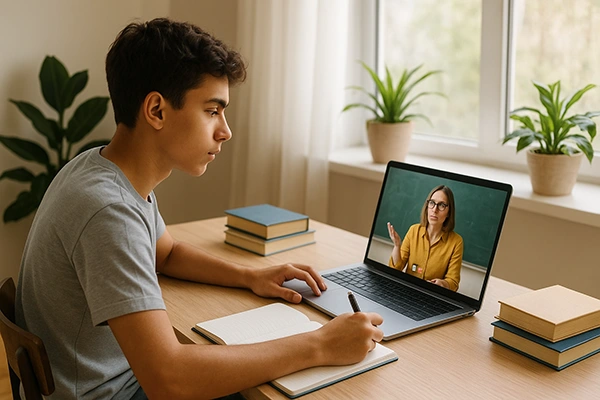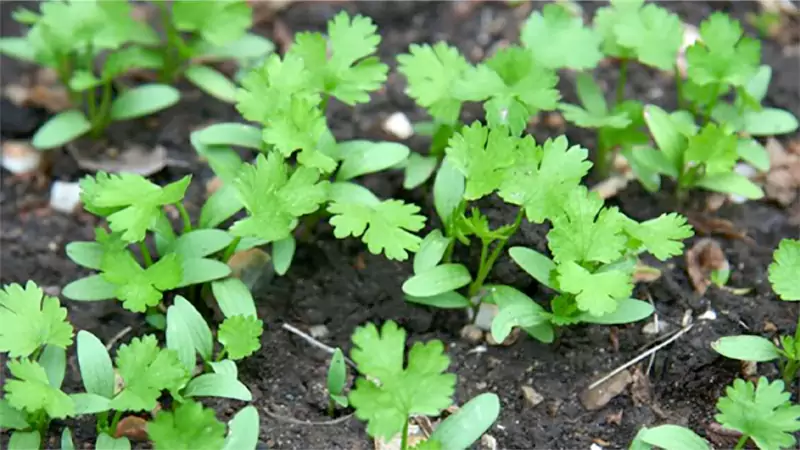
Creating the right atmosphere for children’s learning doesn’t require expensive renovations or complicated technology. Sometimes, the most powerful changes come from nature itself. Studies have shown that being around plants can reduce stress and improve overall mood, making them perfect additions to any child’s learning space.
Whether you’re a parent setting up a home study area or an educator designing classroom spaces, indoor plants extend far beyond simple decoration, they’re scientifically proven tools for better learning.
Scientific Evidence Behind Plants for Kids Learning Spaces
Research continues to reveal fascinating connections between greenery and cognitive development. These aren’t just feel-good theories, they’re backed by solid science.
Cognitive Enhancement Through Biophilic Design
Children’s brains are remarkably adaptable, and their environment plays a crucial role in shaping learning capacity. When kids spend hours experiencing constant digital stimulation during online tutoring classes, their minds can become fatigued. Plants for kids offer a natural remedy, providing visual rest and mental restoration.
The concept of biophilic design recognizes our innate connection to nature. In learning spaces, this translates to improved attention spans and better information retention. Children naturally gravitate toward living things, and this fascination can boost their ability to focus on academic tasks.
Air Quality Improvement and Brain Function
Poor air quality directly impacts cognitive performance, causing fatigue and reduced concentration. Plants act as natural air purifiers, removing toxins and producing fresh oxygen. This improved air quality means clearer thinking and sustained energy throughout study sessions.
Carbon dioxide buildup in enclosed spaces can make children drowsy and unfocused. Green plants combat this by absorbing CO2 and releasing oxygen, creating an environment where young minds can thrive.
Now that we understand the science, let’s explore how these benefits translate into real academic improvements.
Essential Indoor Plants: Benefits for Academic Performance
The connection between greenery and learning goes deeper than most people realize. Plants create measurable changes in children’s academic environments.
Stress Reduction and Emotional Regulation
School pressure affects children more than we’d like to admit. Test anxiety, homework struggles, and social challenges can overwhelm young minds. Indoor plants’ benefits include natural stress relief that doesn’t require medication or complex interventions.
Plants provide a calming presence that helps children regulate their emotions during challenging tasks. When kids feel overwhelmed, simply looking at greenery can lower their heart rate and reduce stress hormones. This emotional stability creates better conditions for learning and memory formation.
Enhanced Creativity and Problem-Solving Skills
Natural environments stimulate creative thinking in ways that sterile spaces can’t match. Children surrounded by plants often demonstrate improved problem-solving abilities and more innovative approaches to academic challenges.
The organic shapes, textures, and colors of plants activate different areas of the brain compared to geometric classroom furniture. This sensory variety encourages flexible thinking and helps children approach problems from multiple angles.
These academic benefits become even more powerful when we choose the right plants for different age groups.
Age-Appropriate Plant Selection Strategies
Not all plants work equally well for every age group. Smart selection ensures safety and maximum educational benefit.
Elementary School Children (Ages 6-11)
Younger children need sturdy, non-toxic plants that can withstand curious hands and occasional neglect. Spider plants and pothos work wonderfully, they’re nearly indestructible and grow quickly, providing visible rewards for care efforts.
These resilient varieties teach responsibility without causing stress if care routines aren’t perfect. Elementary-aged children can water, observe growth, and even propagate new plants, turning plant care into hands-on science lessons.
Middle and High School Students (Ages 12-18)
Older students can handle more sophisticated plants that require specific care routines. Succulents, snake plants, and peace lilies offer interesting textures and forms while teaching more advanced botanical concepts.
Research into workplace environments has shown that there are measurable associations between the presence of indoor plants and increased productivity, reduced stress and anxiety, reduced time off with sickness, and improved air quality. These benefits translate directly to student environments, supporting better academic performance.
Teen students often appreciate plants they can personalize and arrange according to their aesthetic preferences, creating ownership and investment in their learning space.
Plant selection naturally leads us to consider how they fit into overall room design and educational goals.
Innovative Classroom Decor Ideas with Educational Plants
Classroom decor ideas that incorporate plants go far beyond placing a few potted flowers on windowsills. Creative integration makes plants educational tools rather than just decoration.
Living Learning Walls and Vertical Gardens
Wall-mounted planters save floor space while creating stunning visual displays. These vertical gardens can organize plants by geographic origin, creating natural geography lessons. Students can trace plant origins on world maps and learn about different climates and ecosystems.
Herb walls provide sensory learning opportunities, and children can touch, smell, and even taste their lessons. Imagine the engagement when students use classroom-grown basil for a cooking project or mint for a science experiment.
Themed Plant Learning Stations
Different classroom areas can feature plants that support specific subjects. A reading corner with ferns creates a peaceful atmosphere for concentration, while a science station with flowering plants provides ongoing observation opportunities.
Math corners can include plants with interesting geometric patterns, succulents with spiral arrangements, or leaves that demonstrate symmetry. These living examples make abstract concepts tangible and memorable.
Strategic implementation ensures these ideas work in real classroom and home settings.
Implementation Strategies for Different Learning Environments
Success depends on matching plant choices and care routines to specific environments and constraints.
Traditional Classrooms
Schools often have limited budgets and strict maintenance requirements. Focus on low-maintenance varieties that thrive in artificial lighting and don’t require daily attention. Snake plants, ZZ plants, and certain succulents work well in these conditions.
Student rotation schedules for plant care create responsibility and engagement without overwhelming individual children. Weekly assignments can include measuring growth, checking soil moisture, and documenting changes through drawings or photos.
Home Learning Spaces
Home environments offer more flexibility for plant selection and placement. Parents can choose varieties that complement their child’s specific learning needs, calming plants for anxious childre,n or vibrant flowering plants for kids who need visual stimulation.
Portable planters allow families to move plants between study areas and outdoor spaces, providing variety and optimal growing conditions. This flexibility also means plants can accompany children during seasonal changes in study locations.
These practical considerations lead us to the broader educational value that plants bring to learning.
Educational Benefits of Plant Integration
Educational benefits of plants extend beyond improved air quality and stress reduction. They create ongoing learning laboratories right in children’s daily environments.
Plants teach patience, responsibility, and scientific observation skills. Children learn to notice subtle changes, predict outcomes, and understand cause-and-effect relationships through daily plant care routines.
Cross-curricular connections emerge naturally, math through measuring and tracking growth, science through photosynthesis and plant biology, art through botanical drawing, and even social studies through exploring plant origins and cultural uses.
Long-term observation projects build scientific thinking skills as children hypothesize about plant needs, test different care approaches, and document results over time.
Creating Tomorrow’s Learning Environments Today
The evidence is clear: plants are powerful tools for creating environments where children thrive academically and emotionally. From improved air quality that keeps minds sharp to stress reduction that supports emotional regulation, positive learning environment creation starts with simple, natural solutions. Whether you’re setting up a single study corner or transforming an entire classroom, plants offer an accessible way to boost learning outcomes.
Can indoor plants improve my child’s grades and academic performance?
While plants won’t automatically raise test scores, they create environmental conditions that support better learning, reduced stress, improved air quality, and enhanced focus, all contribute to academic success.
Which plants are completely safe for toddlers who might try to eat leaves?
Spider plants, Boston ferns, and African violets are completely non-toxic options that can withstand curious exploration without causing harm if occasionally sampled.
Do I need special lighting equipment to keep plants healthy in a windowless study room?
Many plants thrive in low-light conditions, but inexpensive LED grow lights can support a wider variety of plants and ensure healthy growth in any space.




